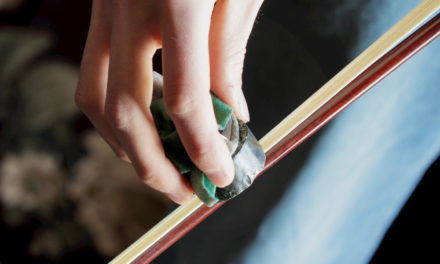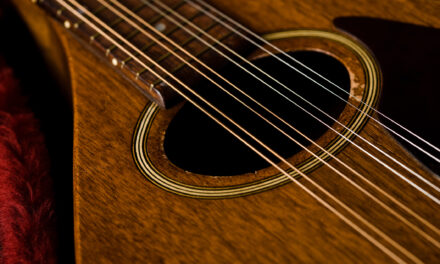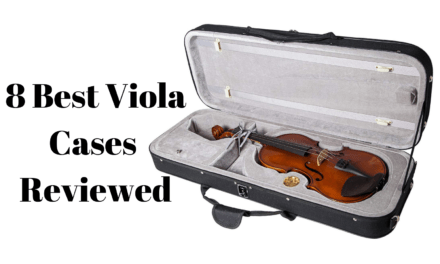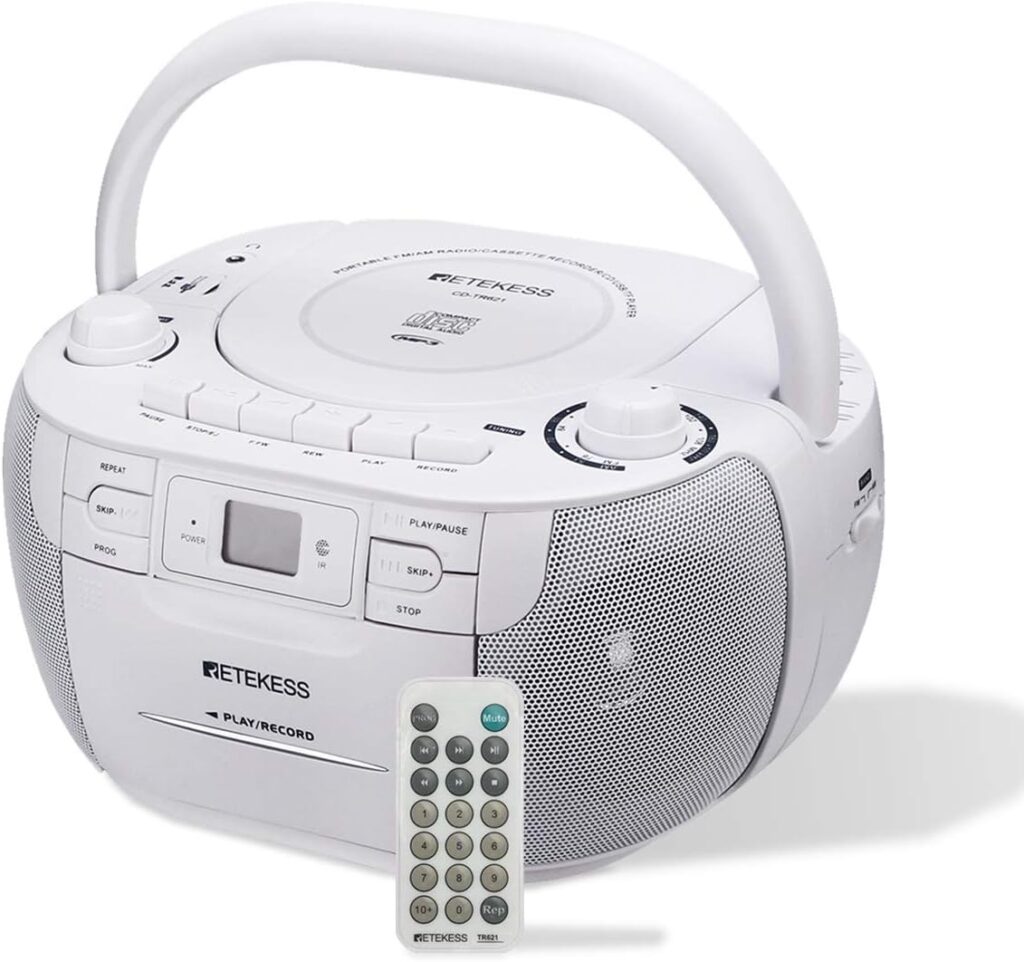The Violin and the Viola are both members of the string instrument family, they look quite similar and are both held under the chin and played with bows.
While the two instruments look alike and in fact are close cousins, there are quite a few differences that make them stand out from each other with equally strong and unique voices.
So let’s check them out!
1. Tell by the size. Is it big or small? The violin generally has a smaller frame than the viola. The typical sizes of viola bodies range from 15” up to 16“ in length, whereas violin bodies average 14” for a full size instrument.
Is it big or small? The violin generally has a smaller frame than the viola. The typical sizes of viola bodies range from 15” up to 16“ in length, whereas violin bodies average 14” for a full size instrument.
You may also find smaller violas from 12” to 14”, they are comparable to violin size 1/2 – 4/4, and some student will start on violin and switch to viola when they become better at handling a larger instrument.
2. Observe the bow. The bow is the long wooden stick that is used to play an instrument. If the end which you hold the bow (the frog) is a straight 90 degree angle it is a violin bow, whereas the viola bow is a 90 degree angle with a curved corner.This tip is especially useful on student instruments as most modern maker and manufactures follow this rule, however, you may find some antique viola bows with stiff frog and violin bow with rounded frog. Then, you should check the weight to determine, there is a fairly significant weight difference. Average for a violin bow is around 61 grams (most are between 59 g and 63 g) while viola bows average about 71 grams.
3. Notice the strings. Though they both have four strings, the notes and arrangement are quite different. The violin string order from lowest to highest is: G, D, A, E. Violas do not have an E string, but an additional lower note, making their string order from lowest to highest: C, G, D, A.The fact that the Viola plays in a lower range than the violin is exactly what attracts many of its players and fans. Viola strings tend to be thicker, requiring a faster bow tempo and more bow weight than violin strings.
4. Listen to it. When listening to the actual playing, there are two perspectives that you should pay attention to determine if the instrument is a violin or a viola, one is its pitch, the other is its soundThe top string on a violin is an ‘E’, but the top string on a viola is the ‘A’ five notes below that. The overall pitch of a viola will generally sound lower, and a bit more mellow than a violin. The violin is the highest-pitched instrument in an orchestra, making them a very popular choice for carrying melodies
The viola sounds warmer and darker. The violin is more like a soprano sounding bright and clear. Of course this differs per individual instrument. Some violins sound very warm and viola-like. Some viola’s sound very violin-like and others more cello-like.
5. Read the clefs.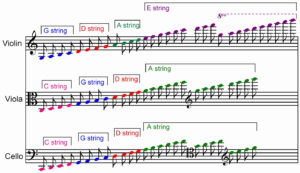 Another huge different in violin and viola is the clef it is played in. Violas use an alto clef, which is very different in sound than the treble clef used by the violin. The alto clef uses the C clef and is quite easy to read, with a bit of practice. And, this is the only instrument that uses an alto clef that employs the C clef. On the other hand, a violin is played in a treble clef. This makes it a high ranged string instrument.
Another huge different in violin and viola is the clef it is played in. Violas use an alto clef, which is very different in sound than the treble clef used by the violin. The alto clef uses the C clef and is quite easy to read, with a bit of practice. And, this is the only instrument that uses an alto clef that employs the C clef. On the other hand, a violin is played in a treble clef. This makes it a high ranged string instrument.
It isn’t as well-known as the iconic treble squiggle, but the concept is similar: the middle line of the stave is a C4 (that’s middle C on a piano) rather than a B5, and everything else moves in normal order from there.
6. Watch location in the orchestra. Last but not least, if you have ever seen to an symphony, you will notice that violinist and violist sit in different area in the orchestra
Last but not least, if you have ever seen to an symphony, you will notice that violinist and violist sit in different area in the orchestra
Traditionally, the violas sit between the second violins and cellos on the right half of the stage (see photo below). However, some conductors will prefer to place the violas on the outer right edge of the stage or next to the first violins on the left half of the stage.
So after knowing all the tricks and differences, a question may occur to you, which instrument should one learn or which instrument is better?
There are many ‘reasons’ why one should choose the on or the other. For example: when you are a tall person, you should pick viola… or: when you have rough motor skills you should choose viola… or: the violin is a better instrument to start with… or: the viola would be easier.
What I would advice is this: just listen to a lot of violin and viola music. Compare the two and find out what speaks to you most. It’s better to do this live: to have someone play the violin and the viola for you. Ideally you should hear several violins and/or viola’s, so it doesn’t depend on one specific instrument.
Try out both the violin and the viola before you decide… even when you can hardly play on them. When you are a newbie, you might not know what you prefer. Take some time to find this out.
There is no one better than another when deciding which instrument to play, just choose the one you like more, or feel more comfortable play with, otherwise, you won’t pull the best potential of it.
Reference: https://www.wikihow.com/Distinguish-Between-Violins-and-Violas

